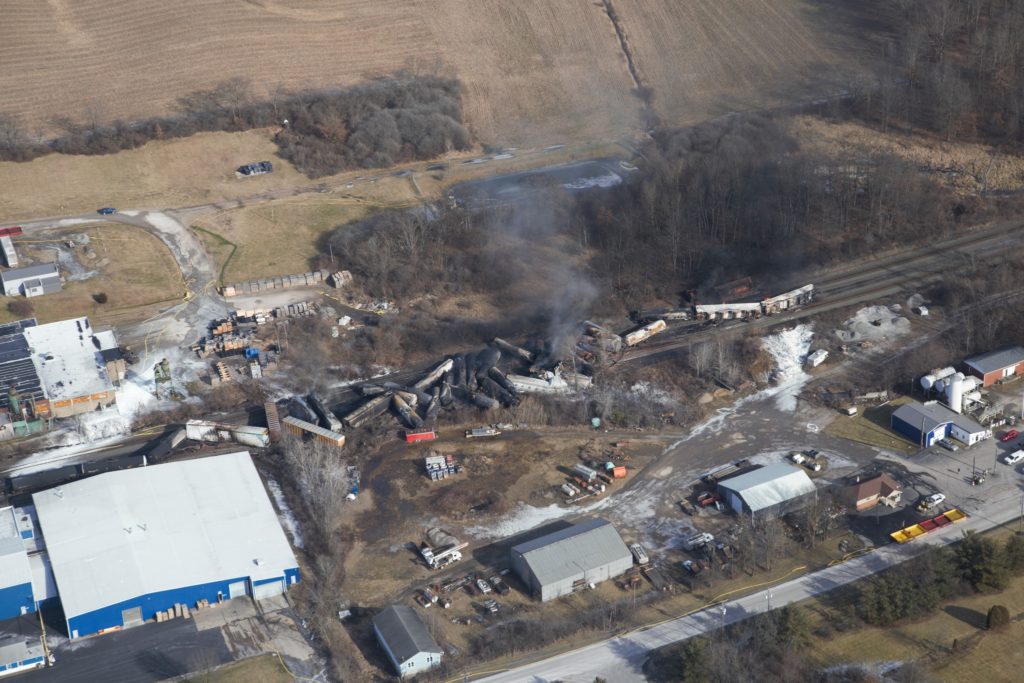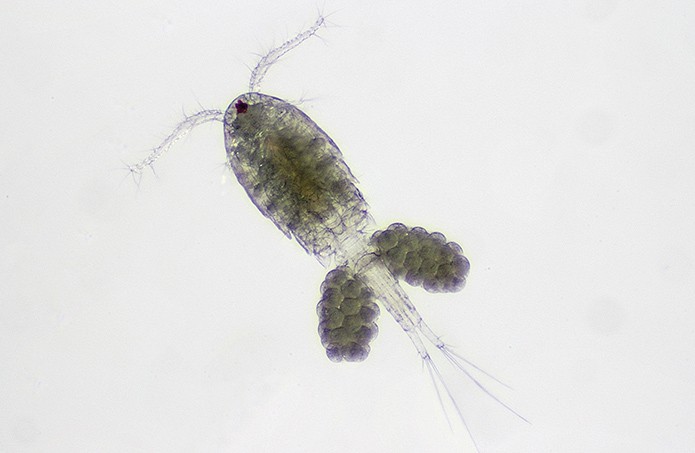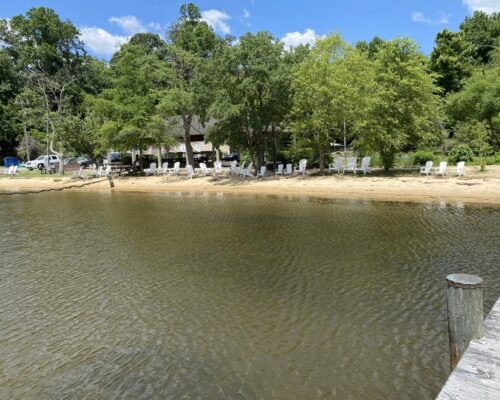When a train derailed in East Palestine, Ohio, in early February, dozens of rail cars carrying toxic chemicals crashed and created a threat to nearby communities. The disaster didn’t seem to have much to do with the Chesapeake Bay—until now.
When the Environmental Protection Agency (EPA) went looking for wastewater treatment sites to treat and discharge the contaminated water from the Ohio derailment cleanup site, they picked one in Baltimore. Under the proposed plan, Clean Harbors of Baltimore, Inc. would treat the polluted water and it would be discharged from the Back River Wastewater Treatment Plant, which just suffered an explosion and has had repeated pollution violations in recent years.
In a letter to the City of Baltimore, Clean Harbors of Baltimore, Inc. wrote that it was determined that Clean Harbors was “an optimal wastewater treatment site to treat and discharge the wastewater collected from rainwater, collected water, and stream water above and below the cleanup site of the Norfolk Southern Railroad derailment in East Palestine, Ohio that occurred February 3, 2023.”
The letter went on to explain that the main substance of concern in the 675,000 gallons of wastewater is vinyl chloride. According to the Centers for Disease Control and Prevention, vinyl chloride can irritate the eyes, mucous membranes and respiratory tract. Chronic exposure can cause permanent liver damage and cancer, as well as neurologic symptoms.
After the plan was made public, environmental groups and Baltimore City leaders quickly pushed back. The city’s waterway watchdog group, Blue Water Baltimore, put out a strongly worded statement, saying in part:
“The area surrounding Clean Harbors already suffers environmental injustices related to lead paint exposure, air toxics and cancer risk, hazardous waste proximity, and more. It is unclear why the U.S. EPA chose this already-overburdened community to accept even more toxic contamination, and we demand to know why they believe it is appropriate to send the toxic waste that is too dangerous for East Palestine to the shores of Baltimore.”
Pointing out that a critical facility at the wastewater treatment plant is still damaged from last week’s explosion and fire, Blue Water Baltimore writes, “It is entirely inappropriate to further stress-test this facility by adding even more toxic contaminants to the waste-stream from wastewater produced outside of the watershed.”
After expressing his own concerns, Baltimore Mayor Brandon Scott moved to modify Clean Harbors’ discharge permit, denying them their request to treat and discharge the train derailment’s wastewater into Back River, which flows into the Chesapeake Bay.
City Councilman Zeke Cohen introduced a resolution, which was unanimously passed by City Council, calling on the EPA to reverse its decision to send the contaminated water from East Palestine to Baltimore. He says that since then, the EPA has reached out and acknowledges their concerns about public health and environmental justice.
Hearing the news that the discharge proposal was denied and Clean Harbors would no longer seek to treat the wastewater, environmental groups expressed relief.
“This was a poorly hatched plan from the beginning that failed to account for the ongoing and significant issues at Maryland’s largest wastewater treatment plant,” says Chesapeake Bay Foundation Senior Scientist Doug Myers in a statement. “We’re thankful Mayor Scott took the quick and bold action needed to stop this shipment of toxic wastewater from arriving in Baltimore. We urge Maryland and city leaders to re-focus on fixing the ongoing maintenance and staffing problems at the Back River and Patapsco wastewater treatment plants that have been documented for two years now.”
-Meg Walburn Viviano




